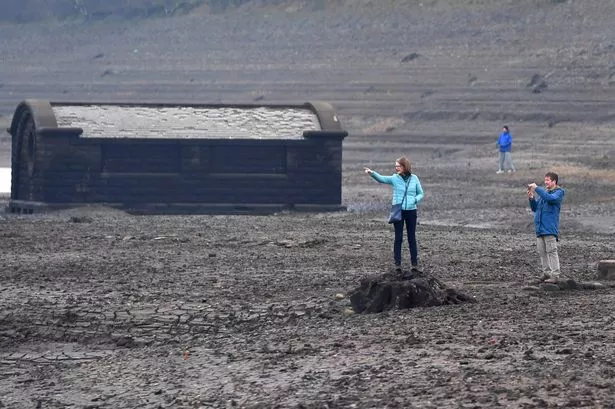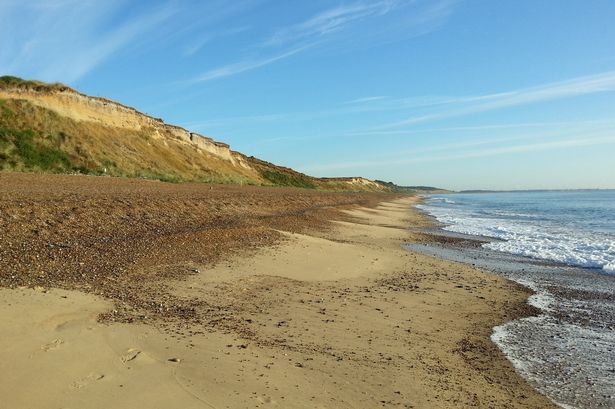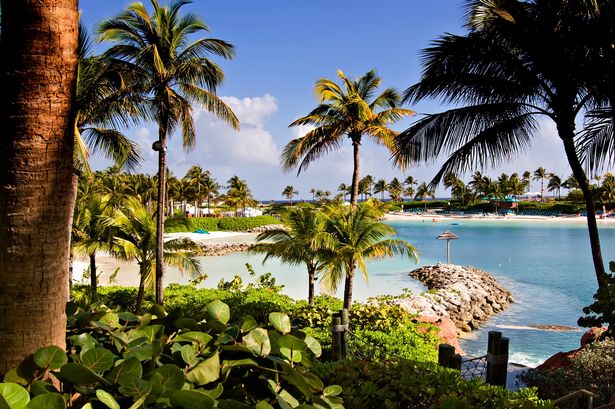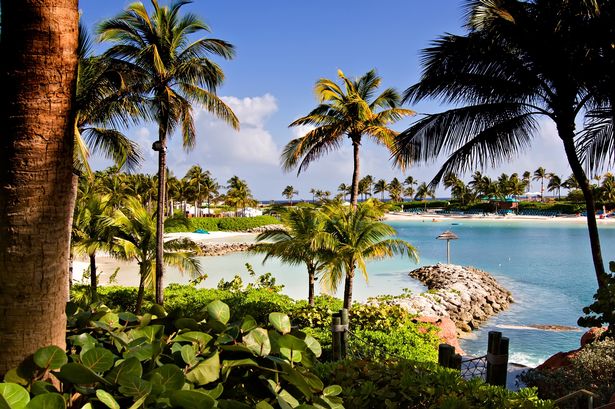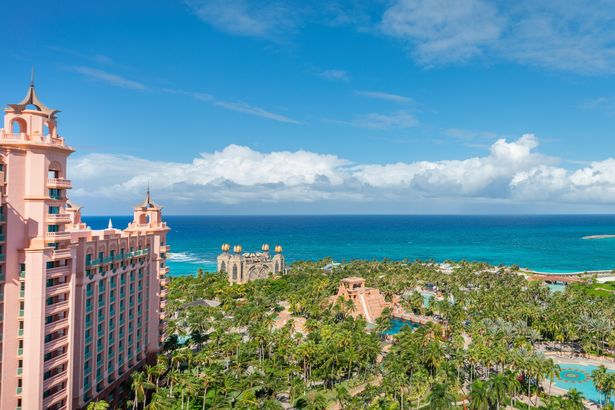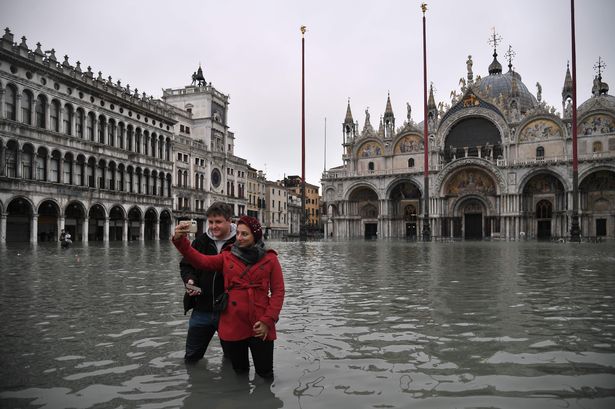The Derbyshire Peak District villages of Ashopton and Derwent were lost forever when they were submerged as part of the Derwent Valley scheme to create Ladybower Reservoir
“People come up to me and say isn’t it beautiful around here. But it’s nothing to what it was. It’s all man-made now.”
Those are the words of Morris Cottrill, whose family lived in the village of Derwent before it was lost to the water.
Along with nearby Ashopton, the beautiful Peak District village of Derwent found itself deliberately subsumed on March 18, 1943, when great torrents were unleashed.
As the water level rose higher, buildings that had stood since the 17th century slowly disappeared. Once the 6,310 million gallons of water had flowed in, only the spire of Derwent’s St John and St James church could be seen above the surface.
The church had held its final service the day before the Chairman of the Derwent Valley Water Board, Alderman Sir Albert Atkey, closed the outlet valve and triggered the deluge.
READ MORE: UK’s ‘most magical street’ is real-life Diagon Alley with quirky shops and hidden gemsREAD MORE: The charming ‘abandoned’ village with car ban that’s been brought back to life
The villages had been full of life and history before their demolition. The impressive Derwent Hall dated back to 1672 and was, at one point, owned by the Duke of Norfolk. Ashopton was larger and busier than Derwent and boasted a coaching inn, a post office, shop, a chapel and a garage as well as houses and farms.
Despite the furious protests of locals, the buildings of Derwent and Ashopton were purchased compulsorily by the Derwent Valley Water Board between 1935 and 1945. The villagers were moved out and rehoused in an estate at Yorkshire Bridge, in 62 houses built at a cost of £65,758.
“The last church service must have been incredibly sad,” said Kathleen Greenan, Chair of Bamford History Group. “Those villagers gave up a whole way of life. Most of them were rehoused in an estate. Everything must have been completely different for them – they would have been self-sufficient until then.”
Before the water swept over the villages many of the buildings were demolished and bodies were exhumed from the churchyards.
The one remaining visible monument to the lost villages, the spire, was demolished in 1947 over safety concerns. Too many people had been risking their lives by swimming out to the strange shape in the water.
Several years after the Ladybower Reservoir began providing water to the people of the Peak District, the River Noe was diverted into it to meet the rising demands of the thirsty locals, further subsuming Derwent and Ashopton.
Despite this, the villages have been seen again. In fact, they are reappearing with increased regularity.
During periods of drought, when the water level falls, the crumbled remains of the villages can once again be seen.
READ MORE: The seaside town where residents left overnight and never came backREAD MORE: Tourists say charming UK village is ‘frozen in time’ with car-free centre
The remarkably depleted water levels in 2018 attracted a record-breaking number of visitors down onto the reservoir beds and to the ruins.
Charles Hanson, proprietor of Hansons Auctioneers who sold a collection of postcards taken in the village in the 1930s, said: “It’s hard to believe in today’s world, where conservation is so important, that the government would allow a fine 17th century hall, a Victorian steepled church built on the site of a 14th century chapel, a toll cottage, a Georgian coaching inn and two picturesque villages full of cottages to be submerged under water.
“The history books tell us that there was strong opposition to the move but the authorities insisted more water was needed to serve Derby, Nottingham, Leicester and Sheffield. Consequently, construction of the dam got underway in 1901.
“How would people feel today if the Government passed an Act of Parliament to put their home under a reservoir?”
As well as the prospect of spying Derbyshire’s answer to Atlantis, tourists are drawn to Ladybower by another intriguing feature.
A giant ‘plughole’ sits at the southern end of the dam. Two fishermen recently caused a stir when they were filmed sailing perilously close to the hole, which sucks water down in a great vortex.
While people joked online that it provides a direct route to Australia, Severn Trent Water, which owns the reservoir, did not see the funny side of the near miss with the spillways.
“If somebody fell in, they would very seriously hurt themselves,” a spokeswoman said. “They would also find themselves stuck because access to the river has a grille, so they would need a professional rescue team to get them out.”
